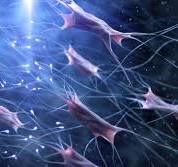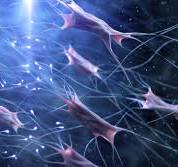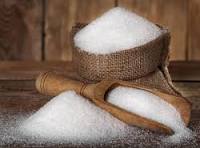Fibroblasts are a vital component of skin health that rarely gets the attention they deserve.
These specialised skin cells play a central role in keeping your skin firm, smooth, and youthful.
What Are Fibroblasts in the Skin?
Fibroblasts are connective tissue cells located in the dermis (the second layer of your skin). Their primary job is to produce the extracellular matrix (ECM)—a structural framework made of:
-
Collagen: Provides firmness and structure to the skin
-
Elastin: Gives skin flexibility and elasticity
-
Hyaluronic acid: Maintains moisture and helps the skin look plump
Simply put, fibroblasts are the skin’s “construction company” and are essential for skin repair and regeneration. They are multifunctional powerhouses and have several other roles than simply collagen and elastin production.
Support angiogenesis: Fibroblasts help stimulate new blood vessel growth, which is essential for nourishing healing tissue.
Skin’s immune response: Fibroblasts aren’t immune cells, but they secrete cytokines and chemokines—signaling molecules that attract immune cells to sites of infection or injury. They can help regulate inflammation, balancing defence with healing.
Mechanical Sensing and Response: Fibroblasts respond to mechanical stress (like stretching or pressure) by modifying ECM production to helps the skin adapt, maintaining strength and flexibility.
Why Are Fibroblasts Important for Skin Health?
Healthy fibroblasts mean younger-looking skin. Here's what they do:
-
🧬 Boost collagen production – Think skin firmness and volume
-
💧 Maintain elastin and moisture – To help prevent sagging and dryness
-
🔄 Speed up wound healing – Essential for skin repair and rejuvenation
Fibroblasts and Skin Ageing
As we age, fibroblast activity gets slower and this means less collagen, loss of elasticity, and visible signs of ageing such as wrinkles, sagging skin and dull complexion
Environmental stressors like UV rays, pollution, and oxidative stress further damage these cells.
Ageing and Senescence Regulation:
When damaged or stressed, fibroblasts can enter a state called senescence. This means that they stop dividing but they can still release inflammatory factors and this can contribute to chronic inflammation and skin ageing.
How to Stimulate Fibroblast Function in Skin with Skincare
How do we support fibroblast health and slow skin ageing? These science-backed ingredients can help:
🌞 Vitamin C (Ascorbic Acid)
Protects fibroblasts from free radicals and stimulates collagen production.
🧴 Retinoids (Retinol, Retinal, Tretinoin)
Encourage fibroblast activity and speed up cell turnover. Think of them like an alarm clock for your fibroblasts.
🧬 Peptides
Signal fibroblasts to produce more collagen and elastin.
🧪 Growth factors
They signal to fibroblasts to divide, repair, and regenerate.
🌿 Bakuchiol - retinol alternative
Similar to retinol, stimulating collagen synthesis and reduces oxidative stress in fibroblasts, helping to protect them from environmental damage.
🌞 Pair these with sunscreen to prevent UV damage to fibroblasts.
Why Fibroblasts Deserve attention from Your Skincare Routine
Fibroblasts may be invisible, but their impact on your skin is massive. By supporting their function, you can:
-
Maintain collagen and elastin levels
-
Improve skin texture and firmness
-
Delay visible signs of ageing
Make fibroblast care a cornerstone of your skincare strategy—and enjoy stronger, smoother, and more radiant skin for years to come.






